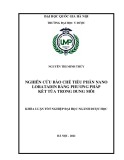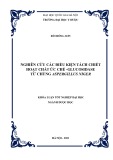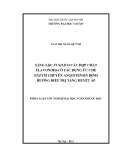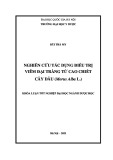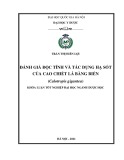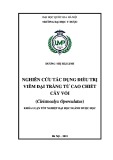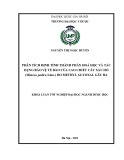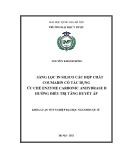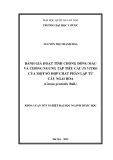
PATHOPHYSIOLOGY
PATHOPHYSIOLOGY
OF CARBOHYDRATE
OF CARBOHYDRATE
METABOLISM
METABOLISM
Prof. J. Han
Prof. J. Hanac
acek
ek, MD, PhD
, MD, PhD
Technical co-operative: L.
Technical co-operative: L.Š
Šurinov
urinová
á

A. Physiologic remarks:
A. Physiologic remarks:
Carbohydrates are present
Carbohydrates are present
in
in food in
food in various forms
various forms:
:
1.
1. simple sugars
simple sugars
- monosaccharides
- monosaccharides
2.
2. complex chemical units
complex chemical units
- disaccharides
- disaccharides
- polysaccharides
- polysaccharides
Processing of carbohydrates in GIT
Ingested carbohydrates
Ingested carbohydrates
cleaving proces
cleaving proces
monosaccharides
monosaccharides absorbtion in
absorbtion in stomach,
stomach,
duodenum and proximal jejunum
duodenum and proximal jejunum



B.
B. Disturbancies in Carbohydrate Resorbtion
Disturbancies in Carbohydrate Resorbtion
1.
1.
Disaccharidase deficiency syndrome
Disaccharidase deficiency syndrome
saccharase
saccharase =
= enzyme which hydroly
enzyme which hydrolyses
ses disaccharide
disaccharide
saccharose
saccharose
(to fructose and glucose
(to fructose and glucose)
)
laktase
laktase =
= enzyme which splits disaccharide lactose
enzyme which splits disaccharide lactose
(
(to
to glucose
glucose and
and galactose)
galactose)
maltase
maltase =
= enzyme which splits disaccharide maltose
enzyme which splits disaccharide maltose
(to two molecule of glucose)
(to two molecule of glucose)


